
Are we a sector, a system or an ecology? - Tim Ward
As part of my FETL Fellowship I will be looking at the particular role that the third sector plays in publicly funded education and skills.
If, as I believe, the third sector makes a distinctive contribution, then it leads me to consider two key questions:
- What are the factors that have caused this role to emerge?
- Is the way that FE is funded, directed and managed, supporting or undermining this contribution?
It seems to me that in considering these questions, it is necessary to explore and challenge the metaphors or descriptors we use to define the institutions and processes of the delivery of FE in England.
System?
The term ‘system’, as used by government, implies some purpose and integration. My problem with this is that it fails to capture the complexity the nature of FE and implies that the institutions and practices have been rationally planned and designed to meet these ends.
This definition, I feel, leads to a simplistic view of what actually happens on the ground. Government, of whatever persuasion, has for many years talked of a “skills deficit” but for me such statements, as the one above, represent a deficit of understanding. This has recently been brought into sharp relief by the current emphasis on apprenticeships as the key route to creating a ‘skilled workforce’ with the accompanying de-prioritisation of other areas of FE. As the current campaign against cuts in FE clearly articulates, there is a lot of FE activity outside apprenticeships which is central to ensuring our citizens have the skills, competences and personal qualities needed by employers.
In terms of the third sector, the influx of new providers in the early 21st Century occurred because of opportunities presented by the transition from the Further Education Funding Council to the Learning and Skills Council rather than any central strategic decision. With limitations being removed as to the types of organisations who could hold a direct funding contract for FE and with localised contract allocation decisions, organisations such as mine were able to become directly funded FE providers for the first time. National policy then subsequently tried to play catch-up –starting with the LSC’s ‘Working Together’ policy – rather than explicitly engineering these outcomes.
Sector?
My problem with the term ‘sector’ is that it tends to blur the distinctions between fundamentally different types of organisations. While recognising that there will be issues of common interest, it seems counter-intuitive to lump together colleges, local authorities, employers, for-profit private sector providers, charities and other not-for-profits and assume that they all share substantially similar characteristics. Unfortunately, much of the current discourse either makes this assumption—so much so that it is not unusual to hear policy makers move between using ‘FE sector’ and ‘FE colleges’ as interchangeable terms.
One effect of this way of describing the sector is a failure to appreciate the differential impact a policy or administrative decision can have on different types of organisations. It also undoubtedly affects the effectiveness of interventions when differences in governance, culture and accountabilities are not properly understood.
Ecology?
In my view, the use of ecology as a metaphor in understanding the way FE works in England allows a more nuanced understanding—and one that has significant implication for the leadership of thinking in FE. For me, writing from a third sector perspective, the term addresses the weaknesses of the other approaches by acknowledging differences in organisational types and the nature of the contribution they make, rather than flattening or ignoring these differences. It also helps us understand FE as a more dynamic environment in which relationships—both between similar and different organisations and with the wider environment—are central in shaping the way FE works. Surely this is at the heart of all providers better serving their communities of individuals, of employers and of interest groups.
The term ‘learning ecology’ is perhaps better understood in schools, but surely in FE, it is the area where it has the most resonance. In every locality you have complex relationships between FE providers (large and small) in an array of partnership and subcontracting relationships. In addition, you have the influence of local authorities, health and wellbeing boards, local enterprise partnerships, and employer organisations. Nothing is simple; everything is in a state of flux. Leadership needs to both adapt (to meet these changes) and adopt new approaches to best serve customers’ interests.
As Hodgson and Spoors pointed out, using the ecology metaphor “helps us to recognise important features of the diverse, dynamic, complex, evolving, fragile spaces and entities that constitute adult learning.”
In such an ecology, the third sector has a clear role to play. Some of that may be as the leader in some initiatives, and some as a follower. But if this is true of third sector leaders, and if you accept my argument we work in an ecology, then this implies that others leaders (in colleges, local authorities, and independent providers) may have to rethink their role too.
I hope that the evidence and insights from my research will help in improving not only understanding the role of the third sector, but also contribute to a wider appreciation of the richness of the FE landscape and the ways in which its various elements interact.


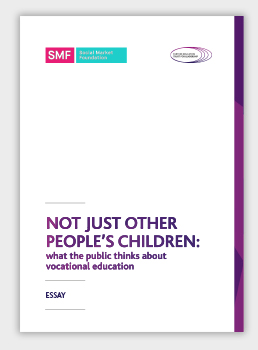
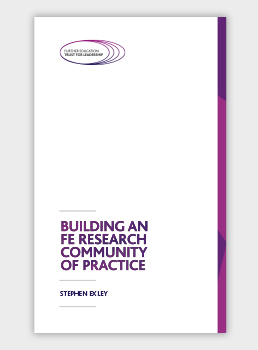
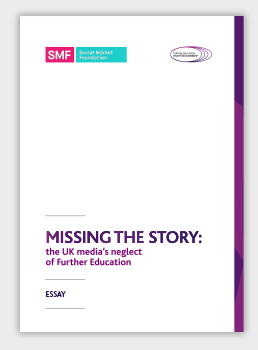
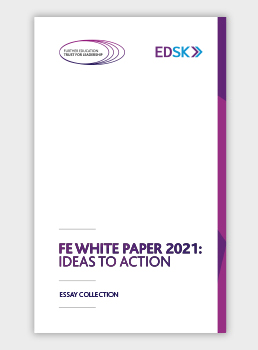
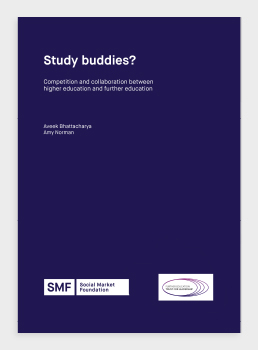



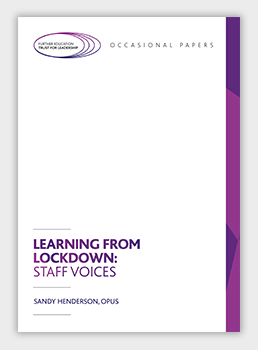











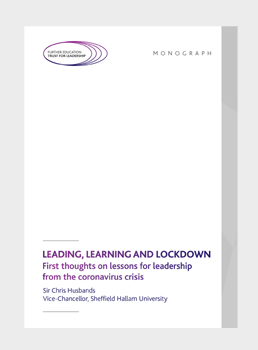

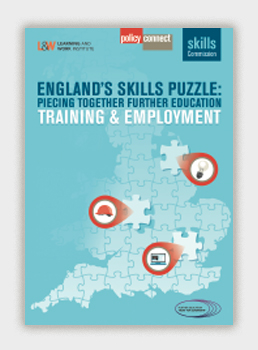
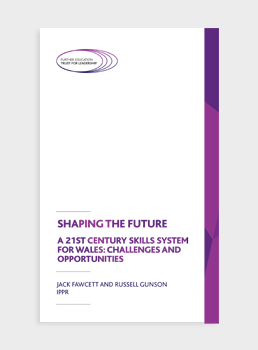

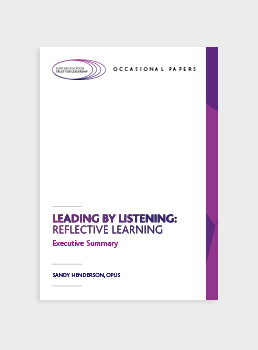
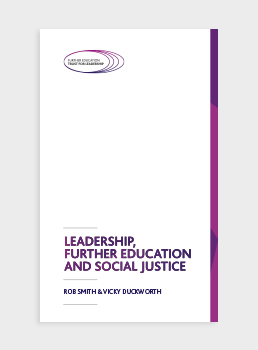

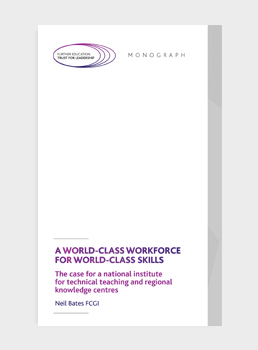

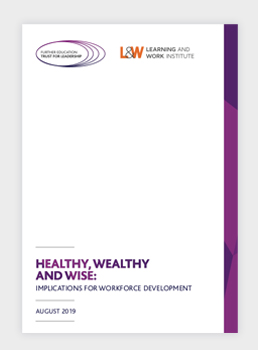


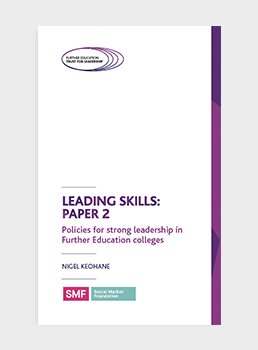
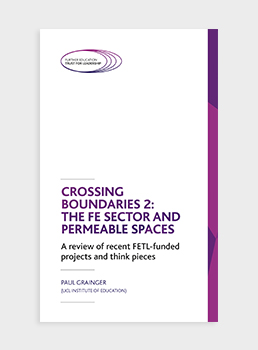

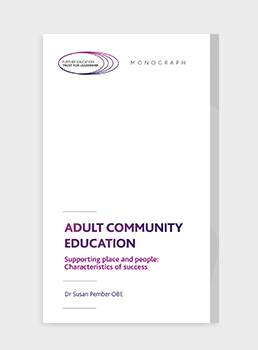
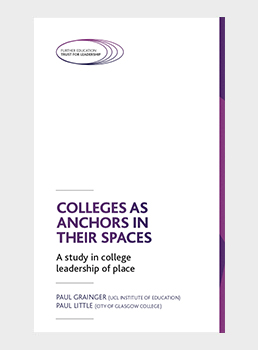
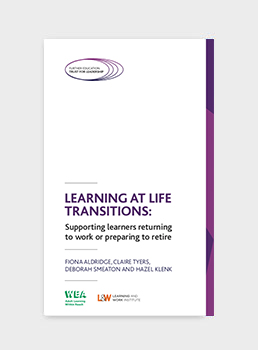
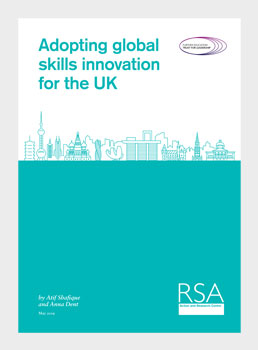
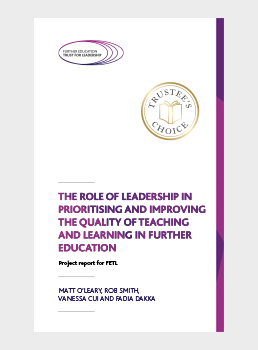

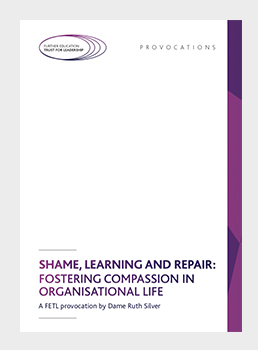
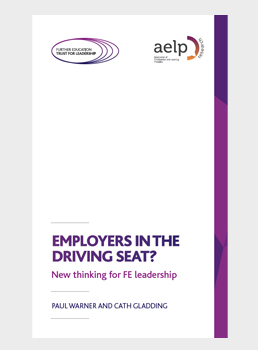

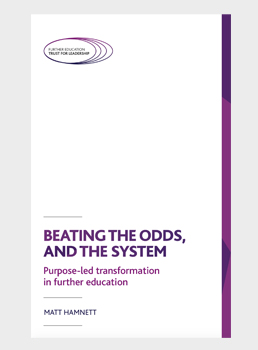
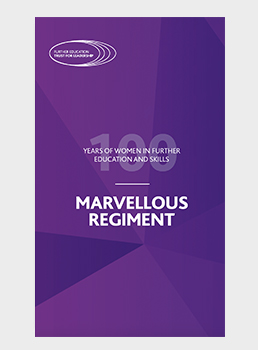

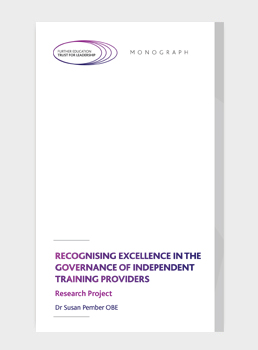
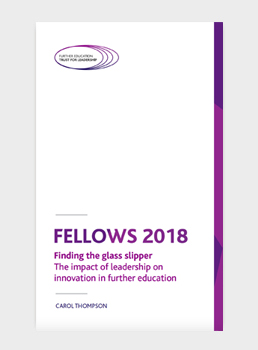

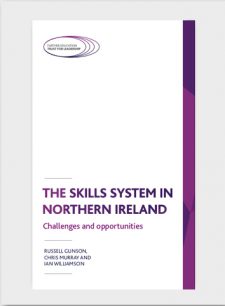

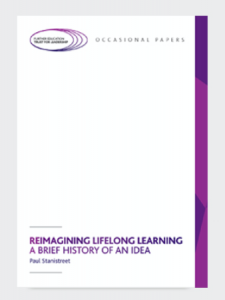




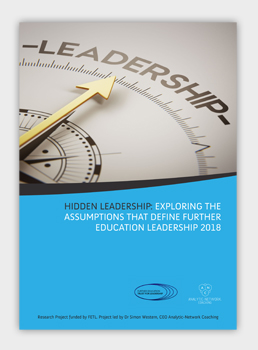



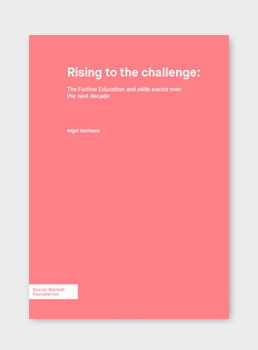
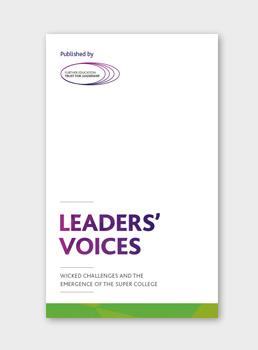
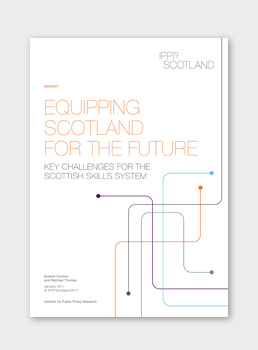



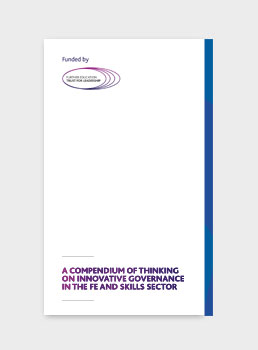


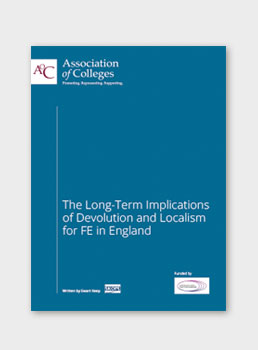
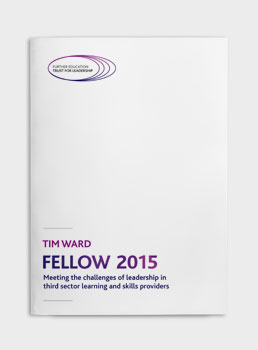
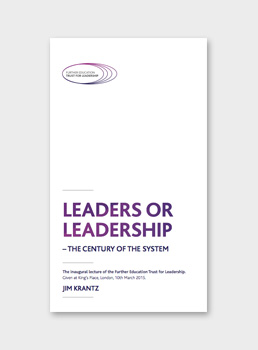

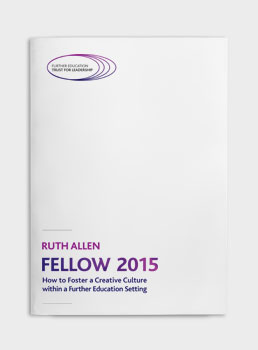
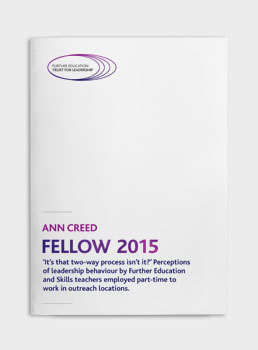
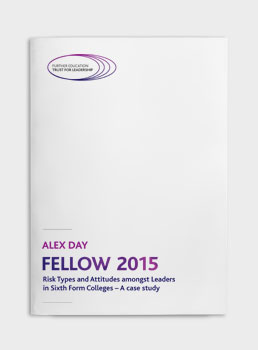
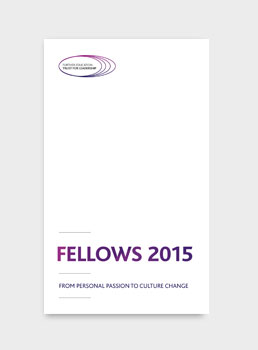
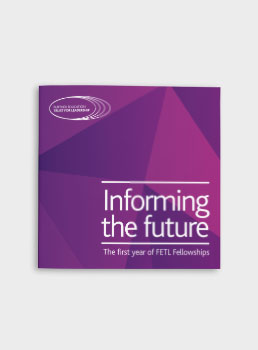


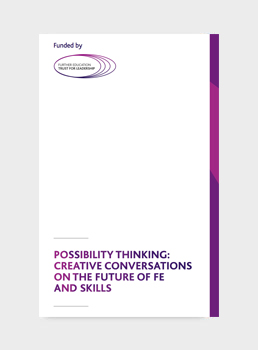
hello there and thank you for your info
– I’ve certainly picked up anything new from right here.
I did however expertise several technical points using this web site, as I experienced to reload the site a
lot of times previous to I could get it to load correctly. I
had been wondering if your hosting is OK? Not that I’m complaining, but sluggish loading instances times will sometimes affect your placement in google and
could damage your high quality score if ads and marketing with Adwords.
Anyway I am adding this RSS to my e-mail and could look out for much more of your respective intriguing content.
Make sure you update this again very soon..
Escape room lista
Very interesting information!Perfect just what I was looking for!.
As somebody that’s always bewared concerning my blood glucose,
finding Sugar Defender has actually been a relief. I feel a lot a
lot more in control, and my current examinations have
actually revealed favorable renovations. Recognizing I have
a reliable supplement to support my routine offers me satisfaction. I’m so
happy for Sugar Defender’s influence on my
wellness!
Uncovering Sugar Defender has been a game-changer for me, as I have actually always
been vigilant concerning managing my blood glucose levels.
I now really feel encouraged and positive in my ability to preserve healthy levels, and my latest health checks have actually shown this progress.
Having a trustworthy supplement to match my a substantial resource of convenience, and
I’m genuinely grateful for the substantial difference Sugar Defender
has made in my total health.
Hey there! Do you know if they make any plugins to help with Search Engine Optimization? I’m trying to get
my site to rank for some targeted keywords but I’m
not seeing very good gains. If you know of any please share.
Cheers! I saw similar article here: Eco blankets
sugar defender Ingredients For years, I’ve
battled uncertain blood glucose swings that left
me feeling drained pipes and tired. Yet given that including Sugar my power levels are now steady and regular,
and I no more strike a wall in the mid-days. I appreciate that it’s a gentle,
natural strategy that doesn’t featured any type of unpleasant adverse effects.
It’s really transformed my daily life.
Hello there! Do you know if they make any plugins to help with
SEO? I’m trying to get my website to rank for
some targeted keywords but I’m not seeing very good gains.
If you know of any please share. Cheers! You can read similar text here: Coaching
LI